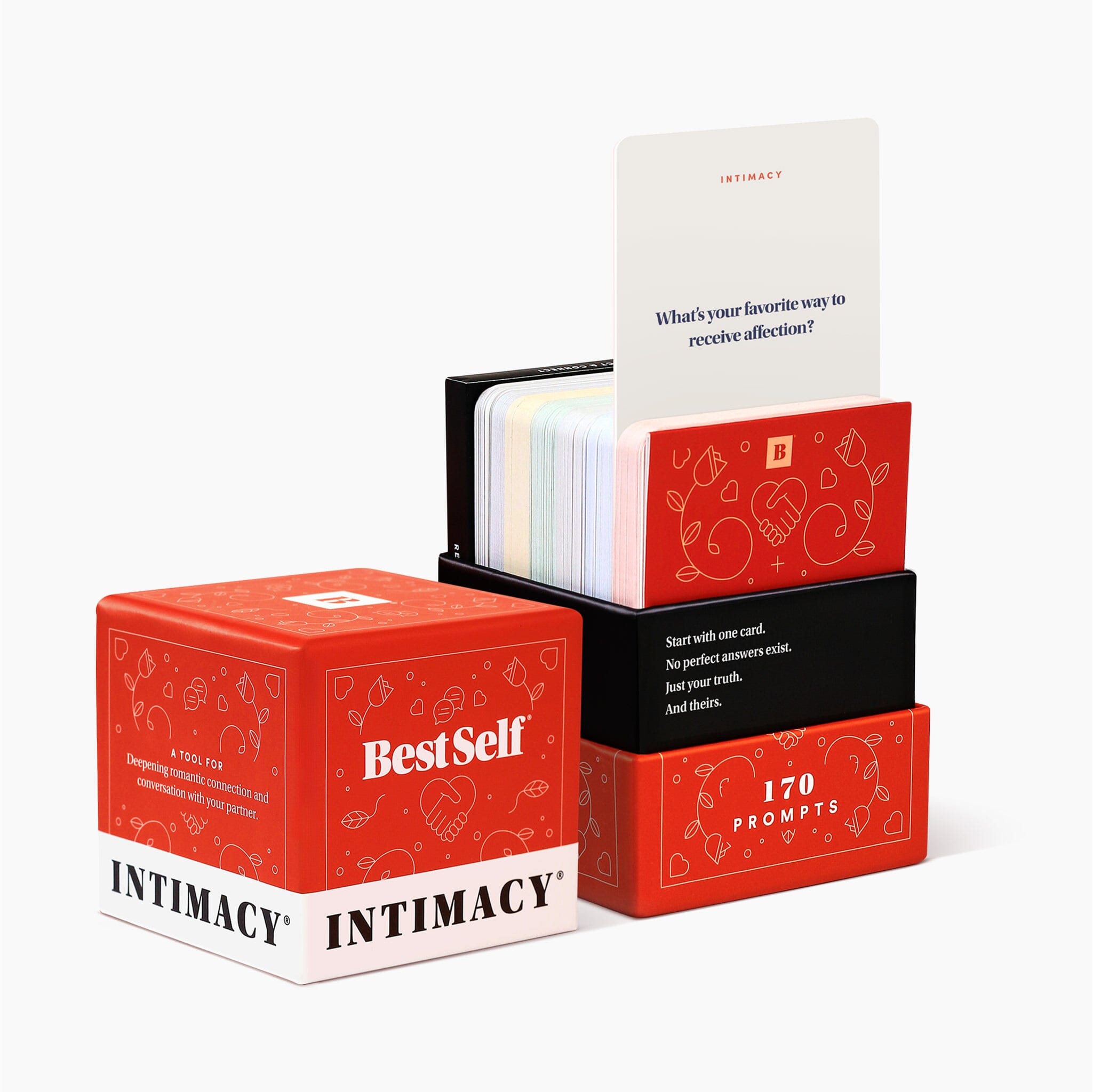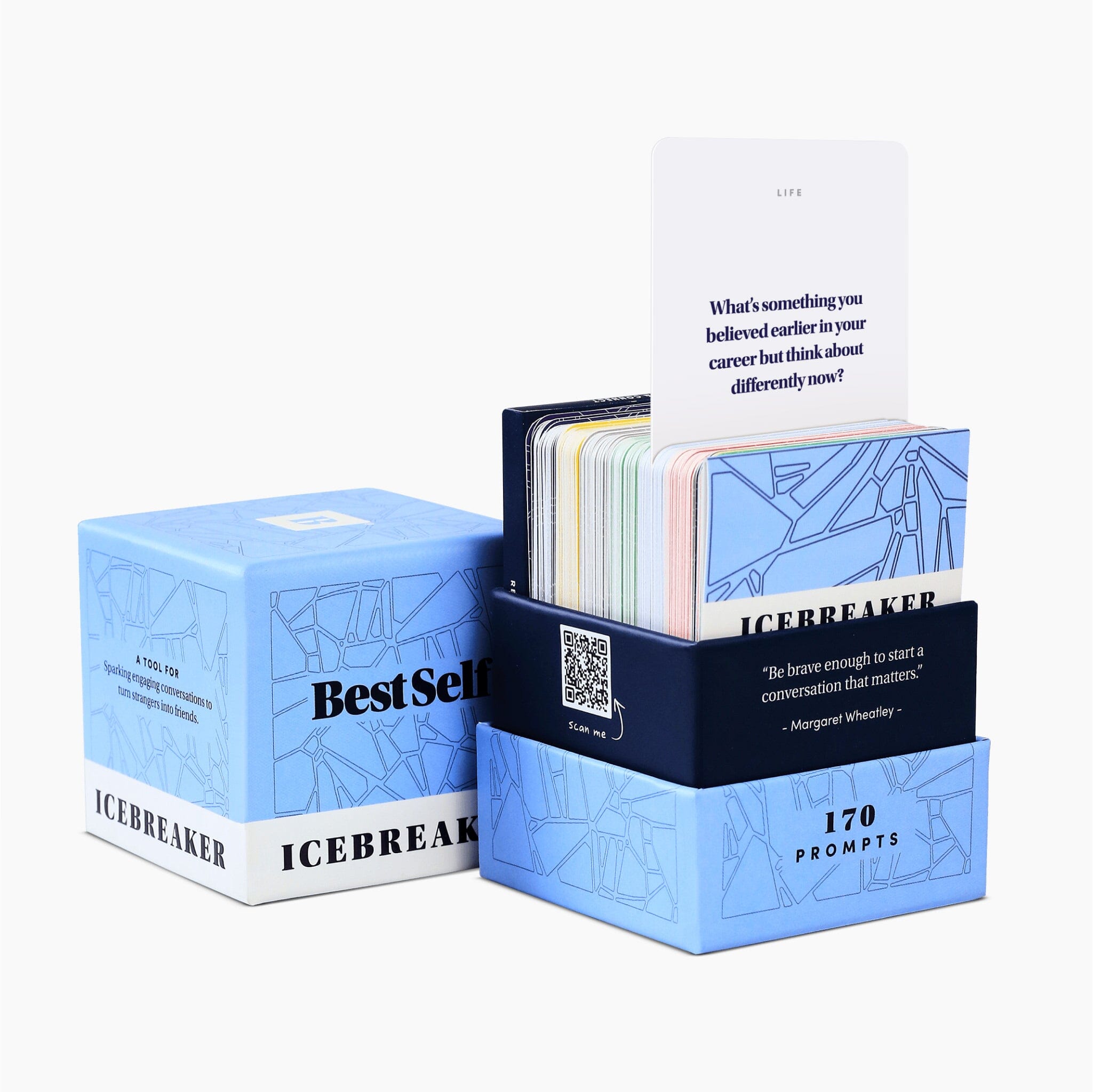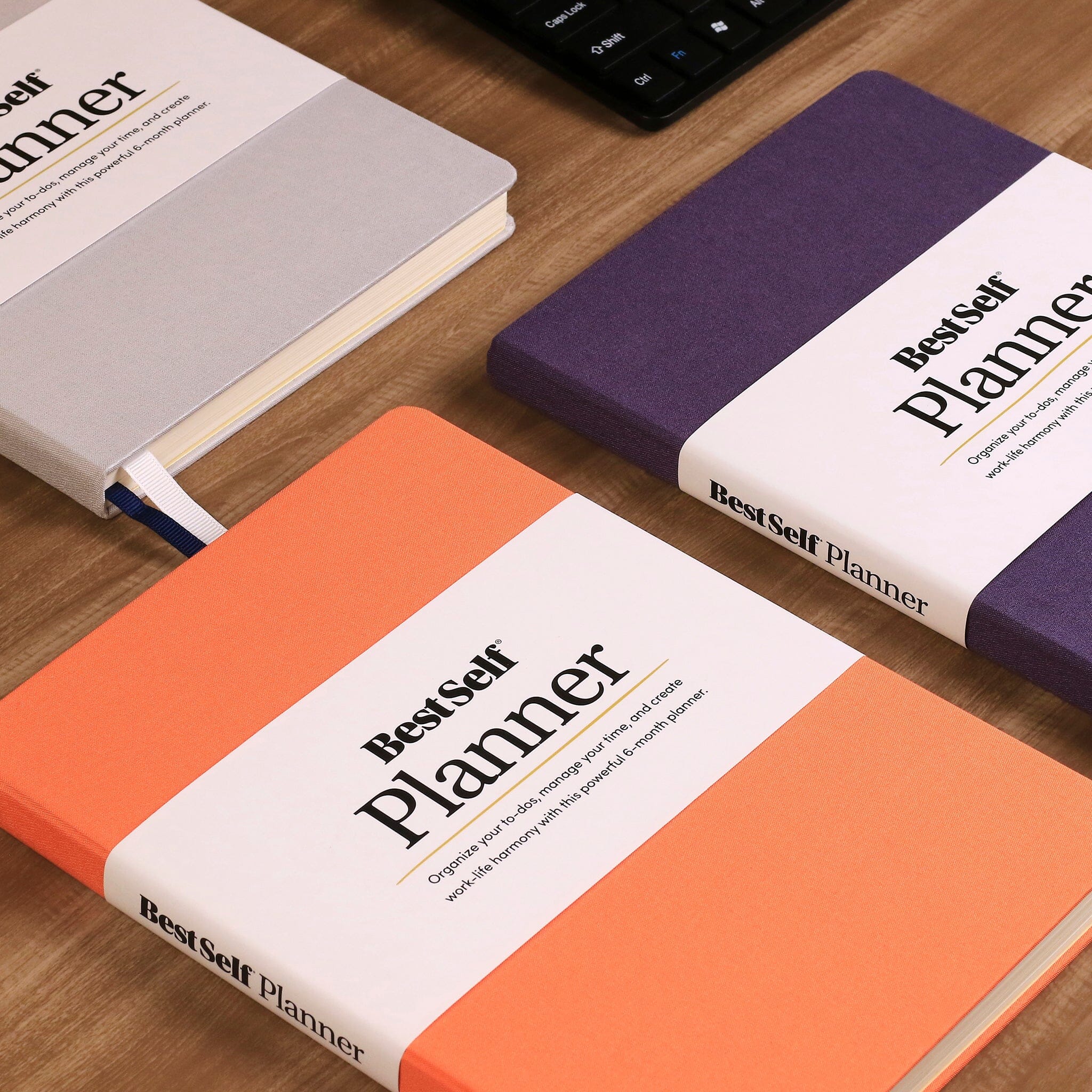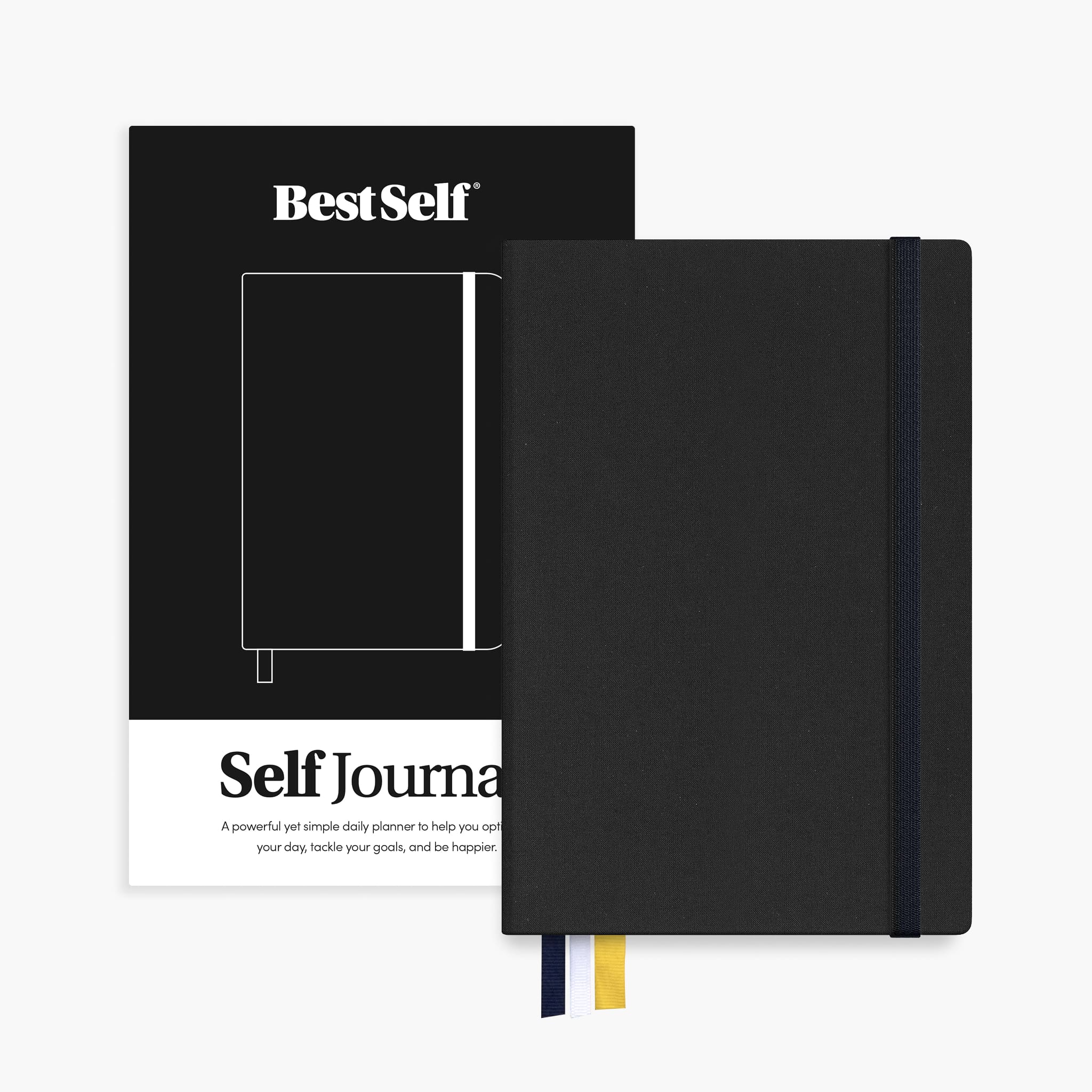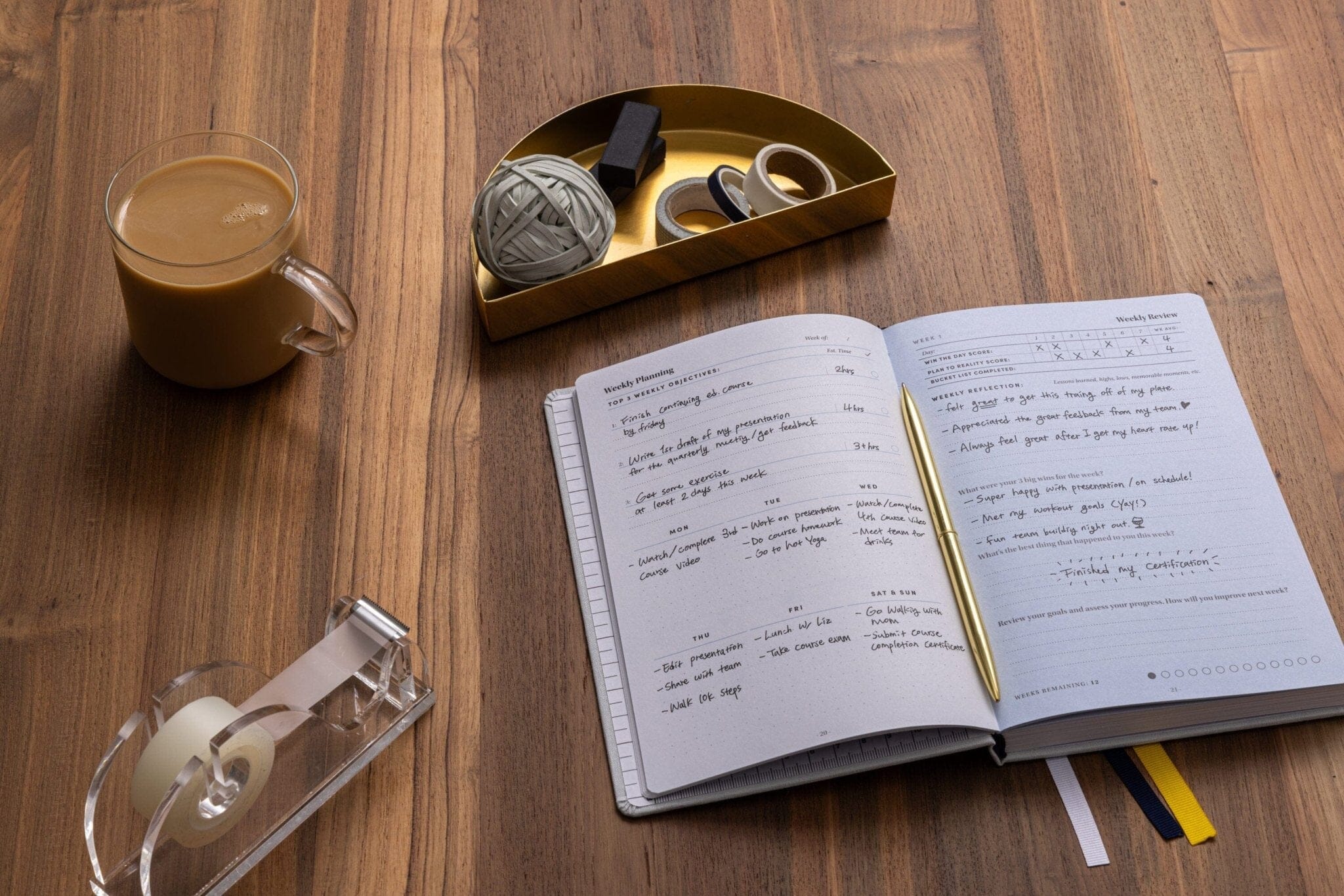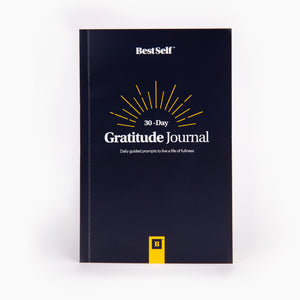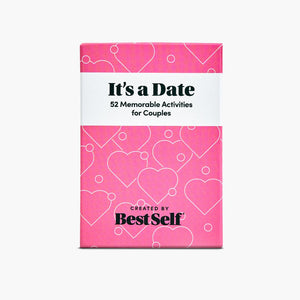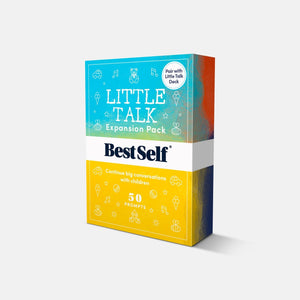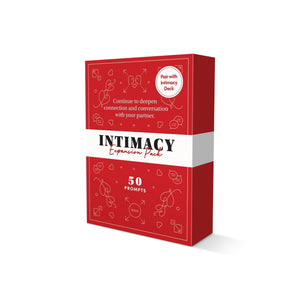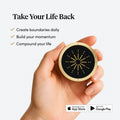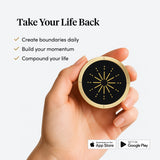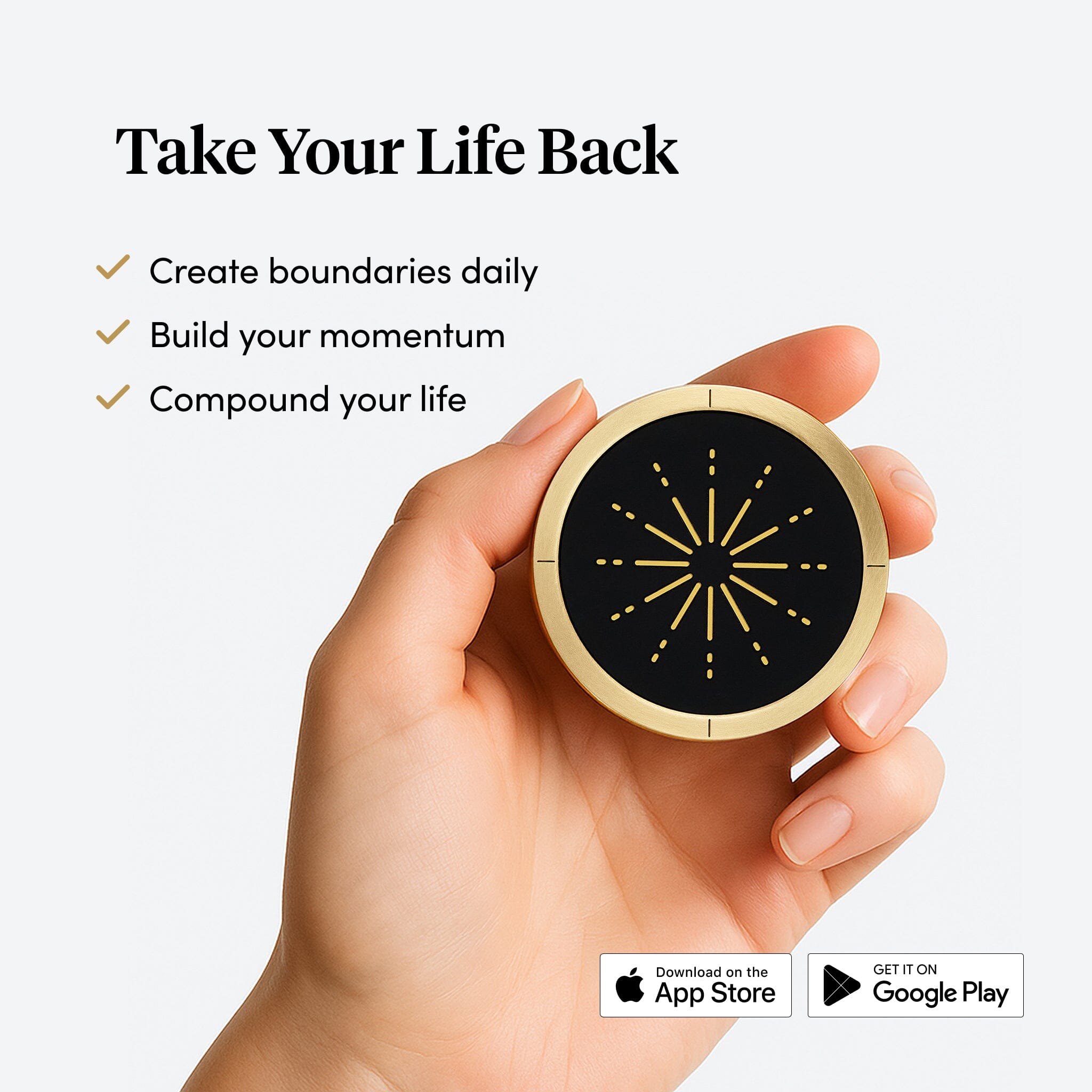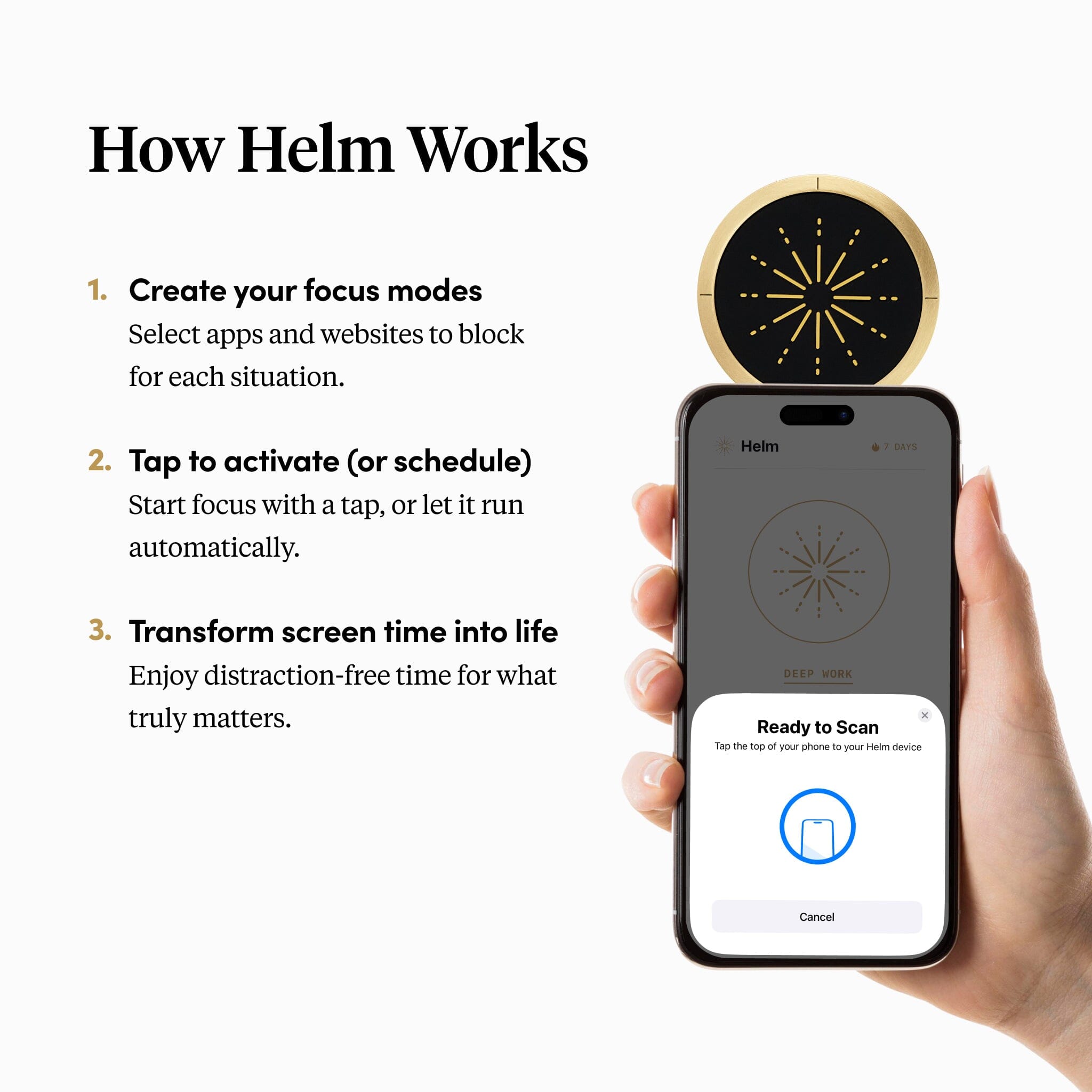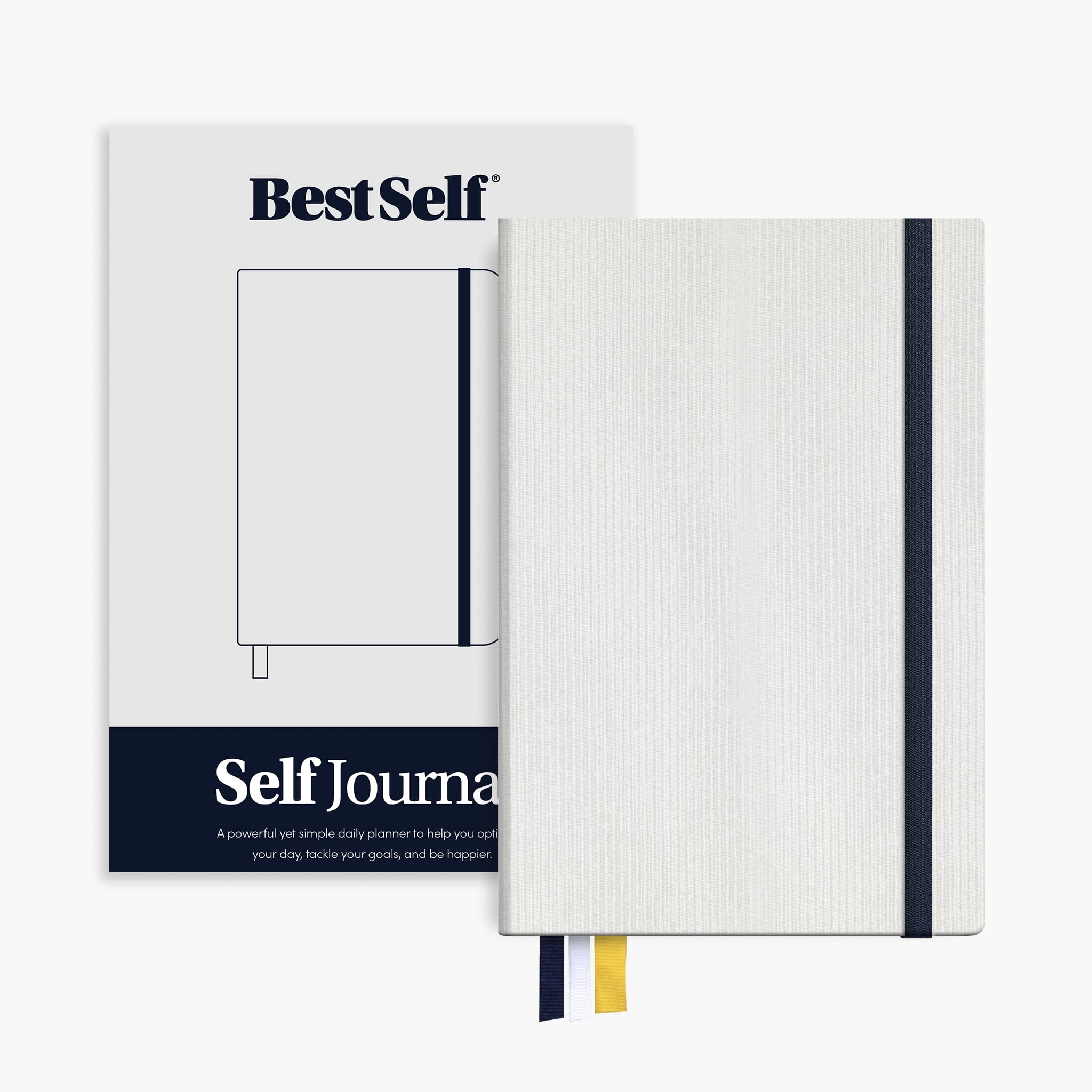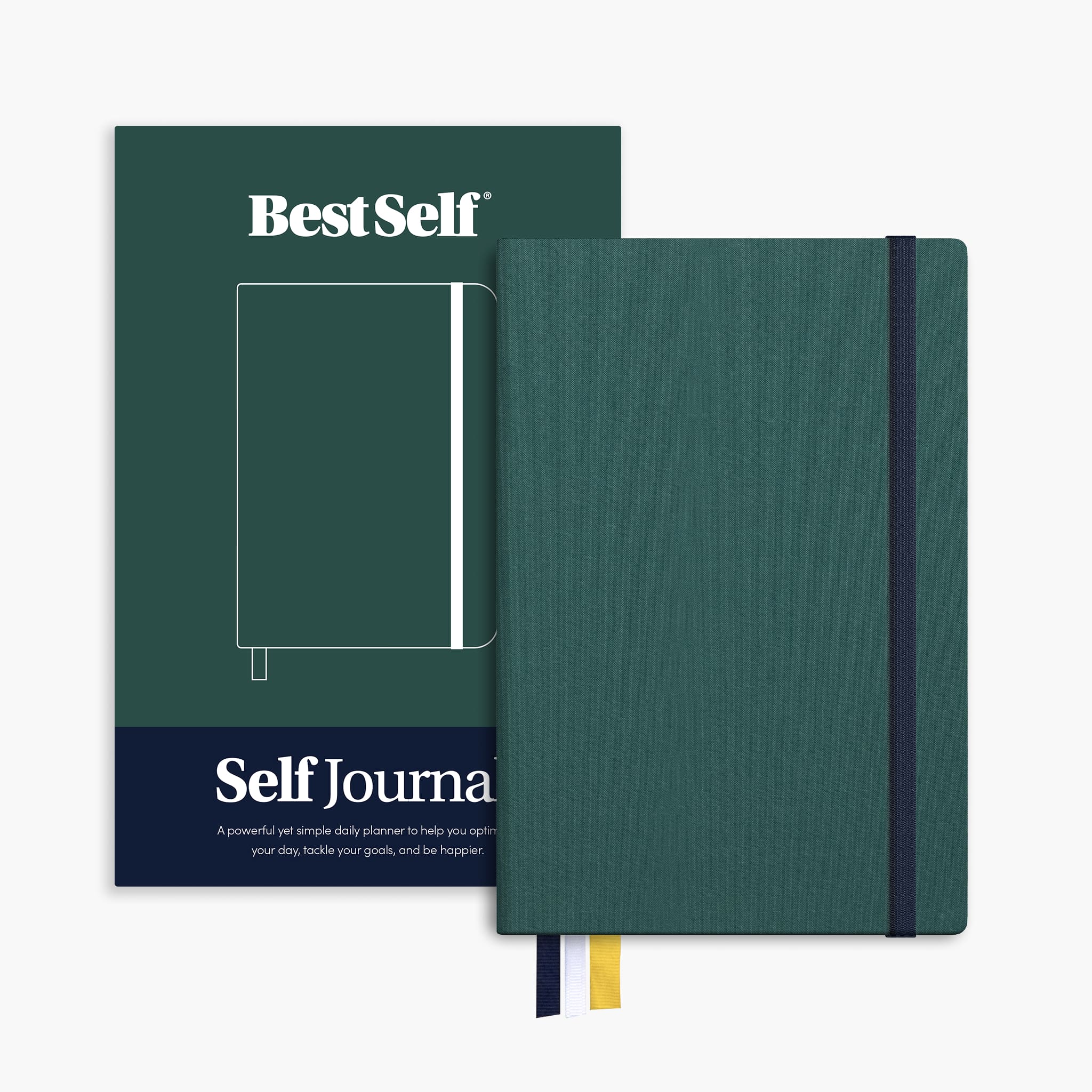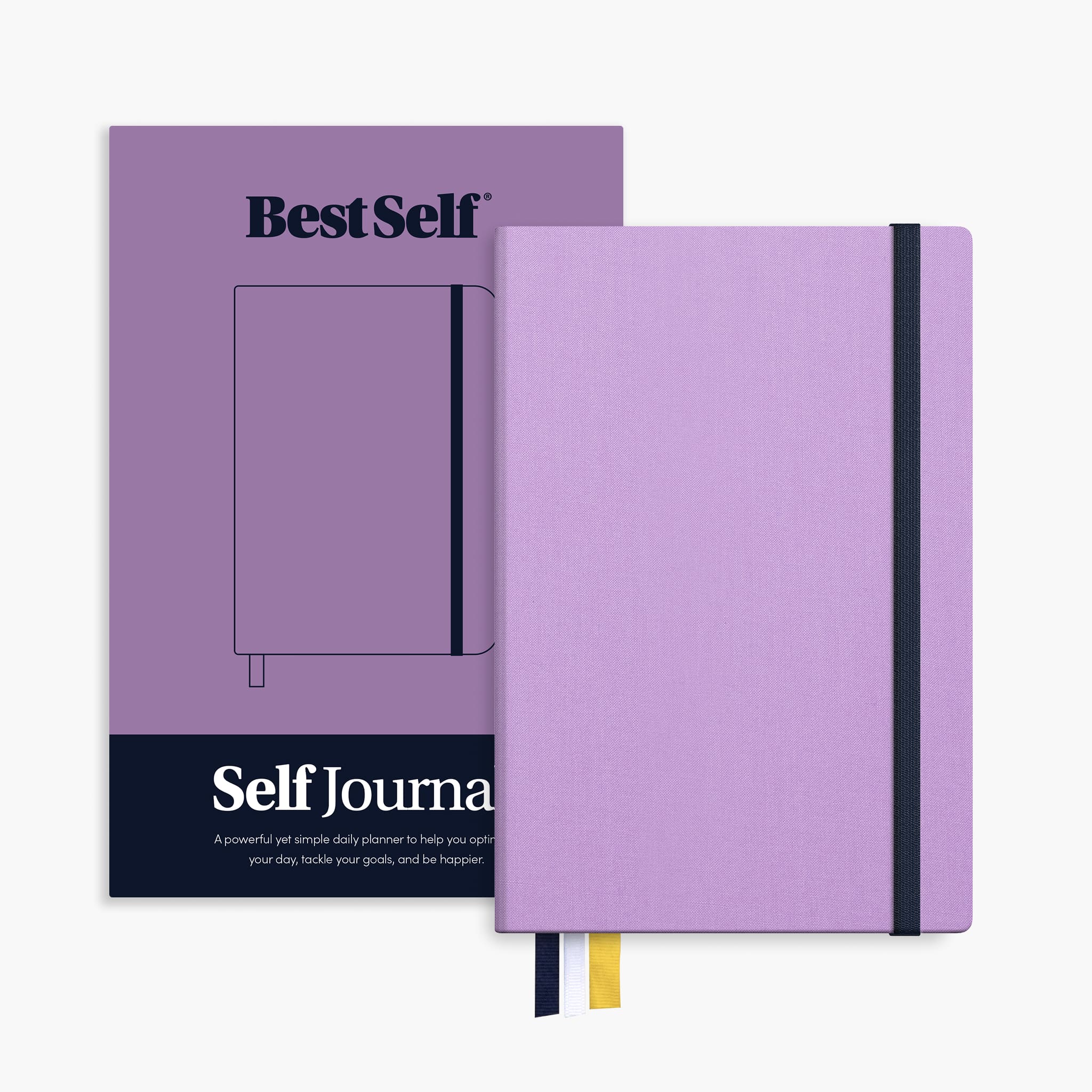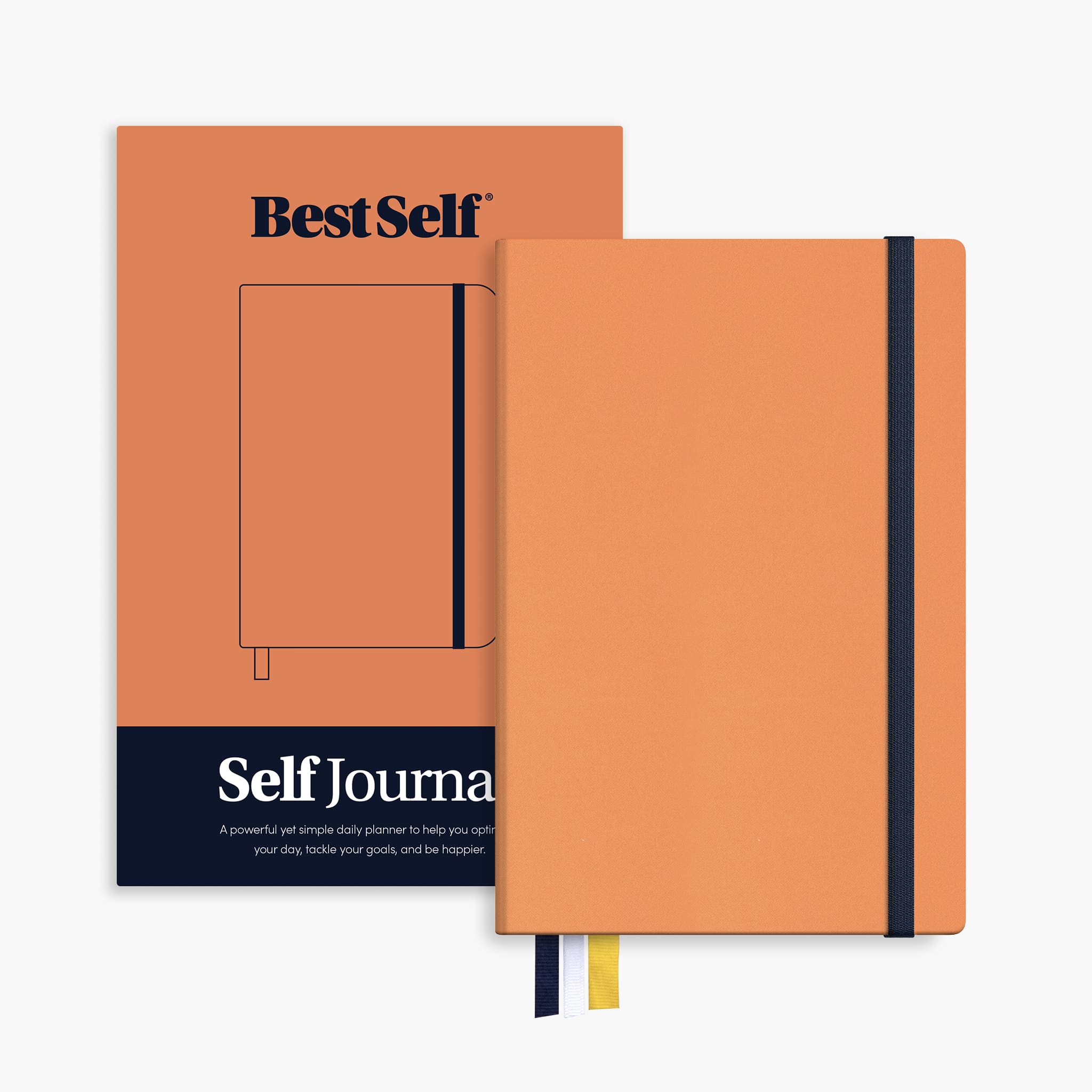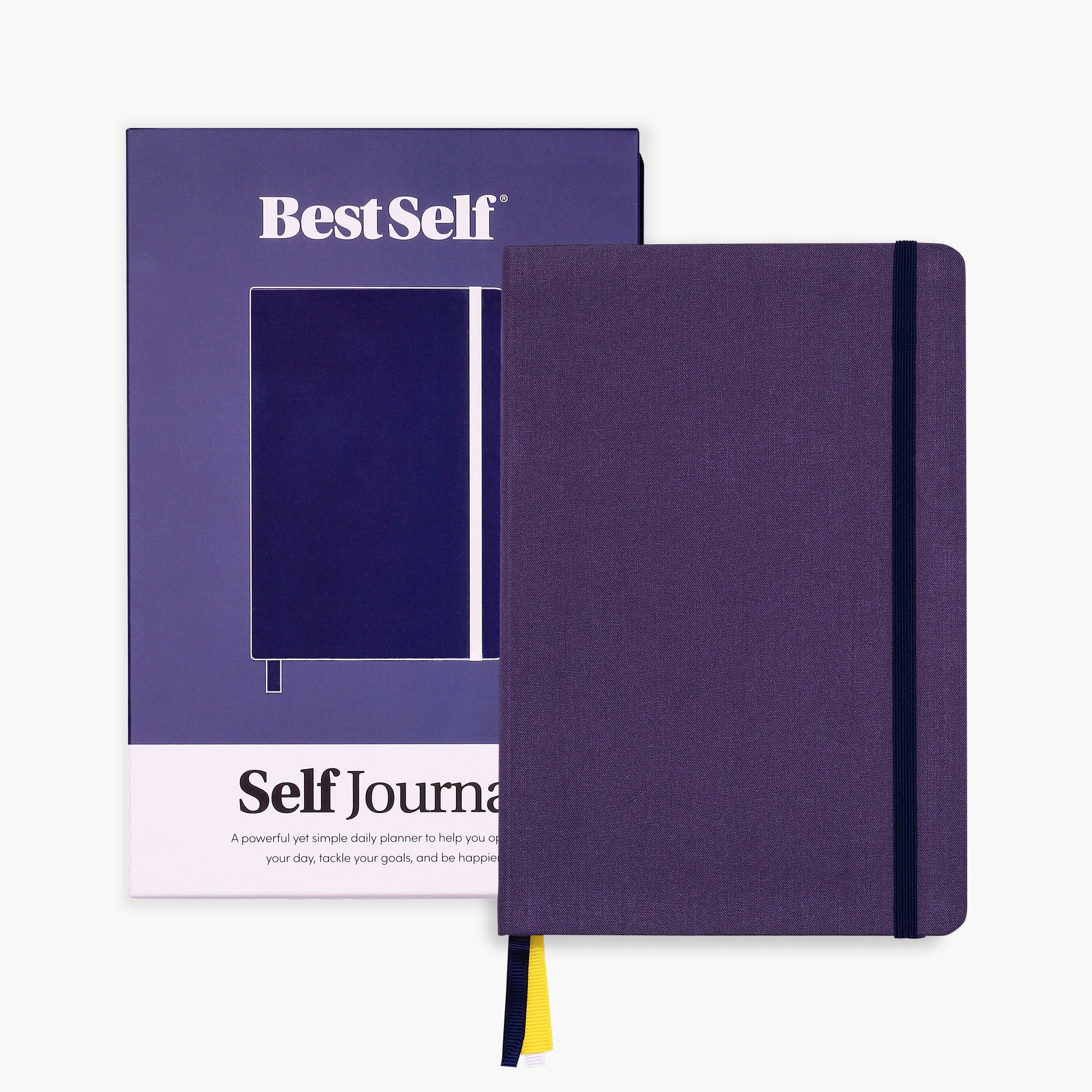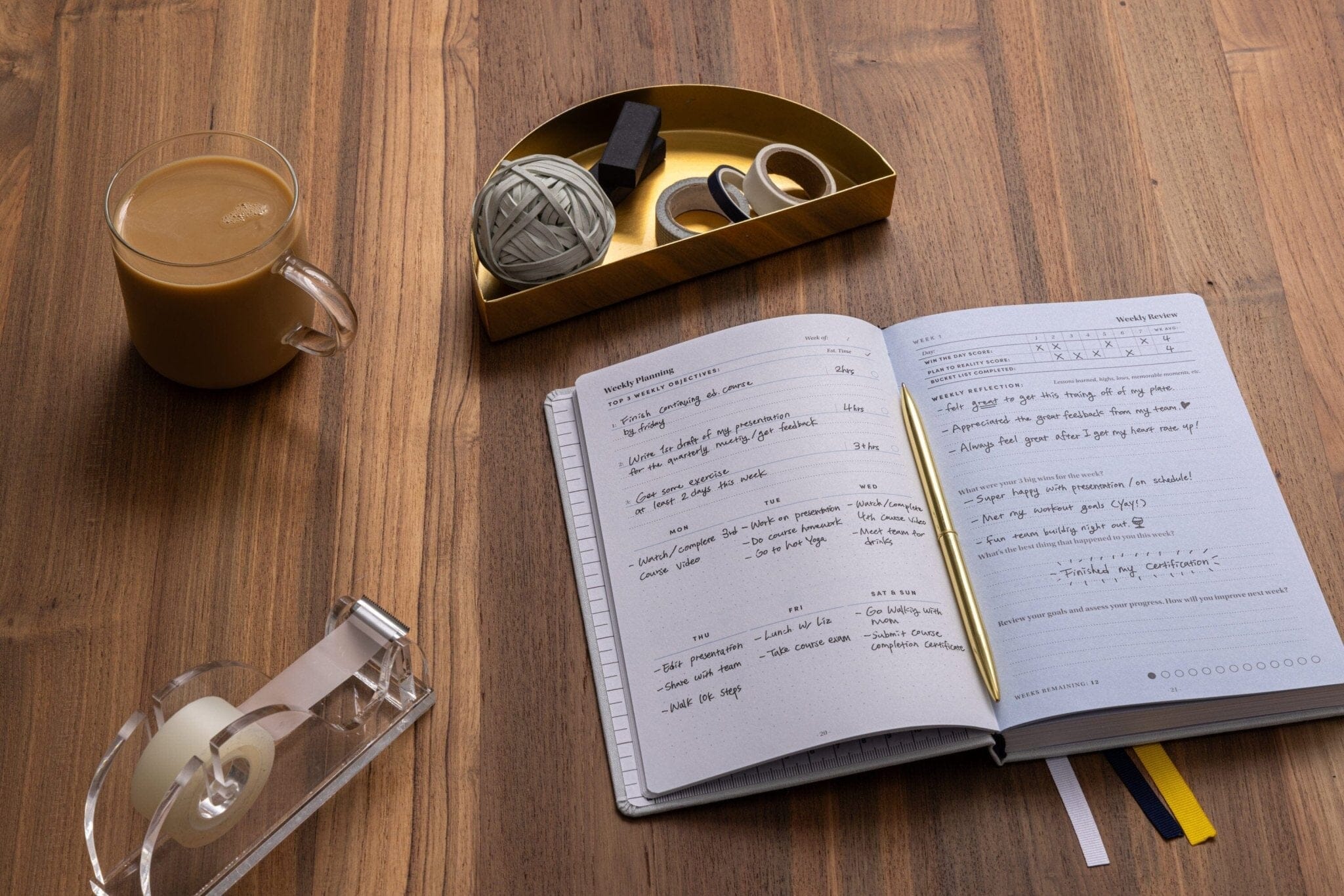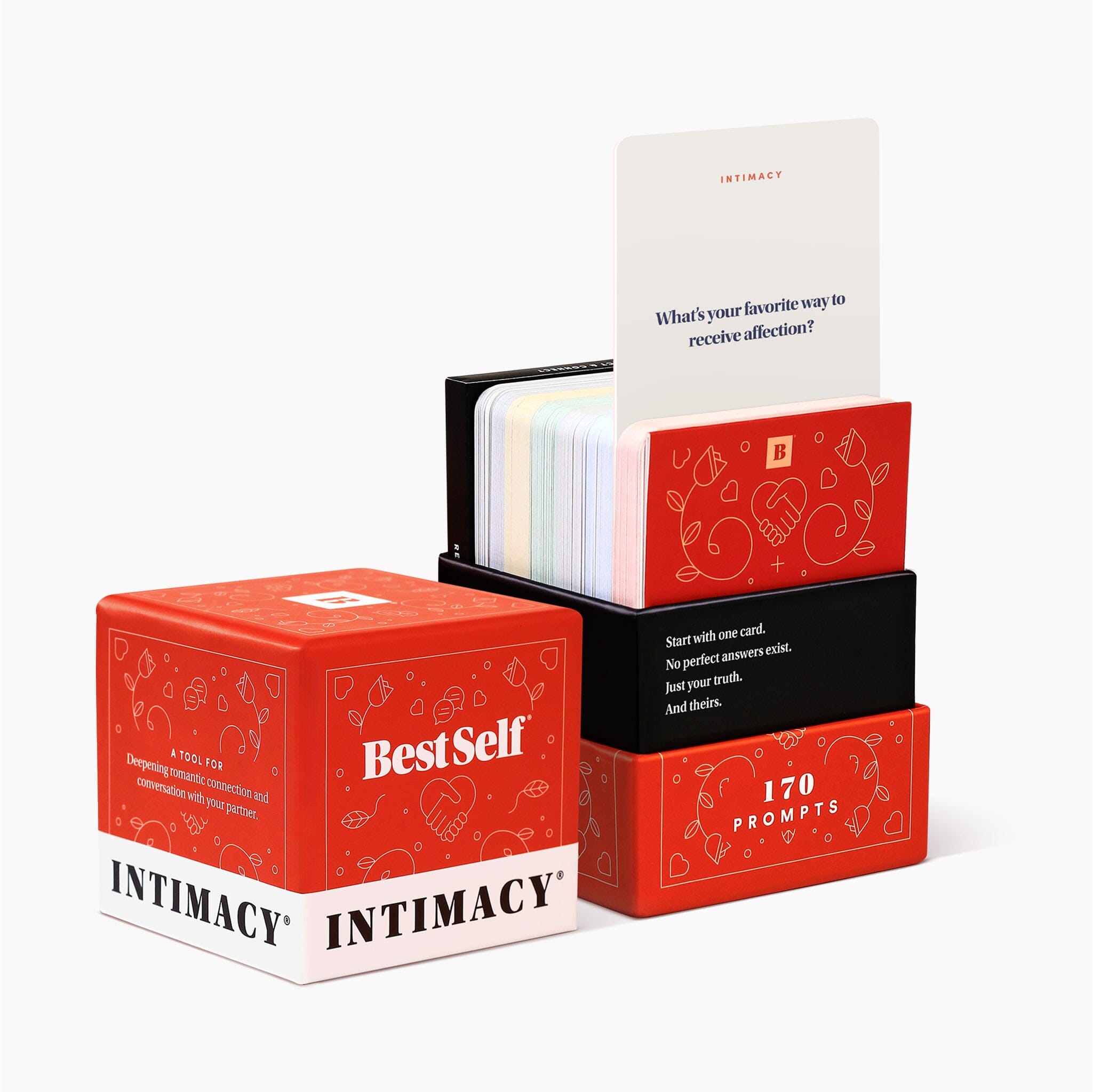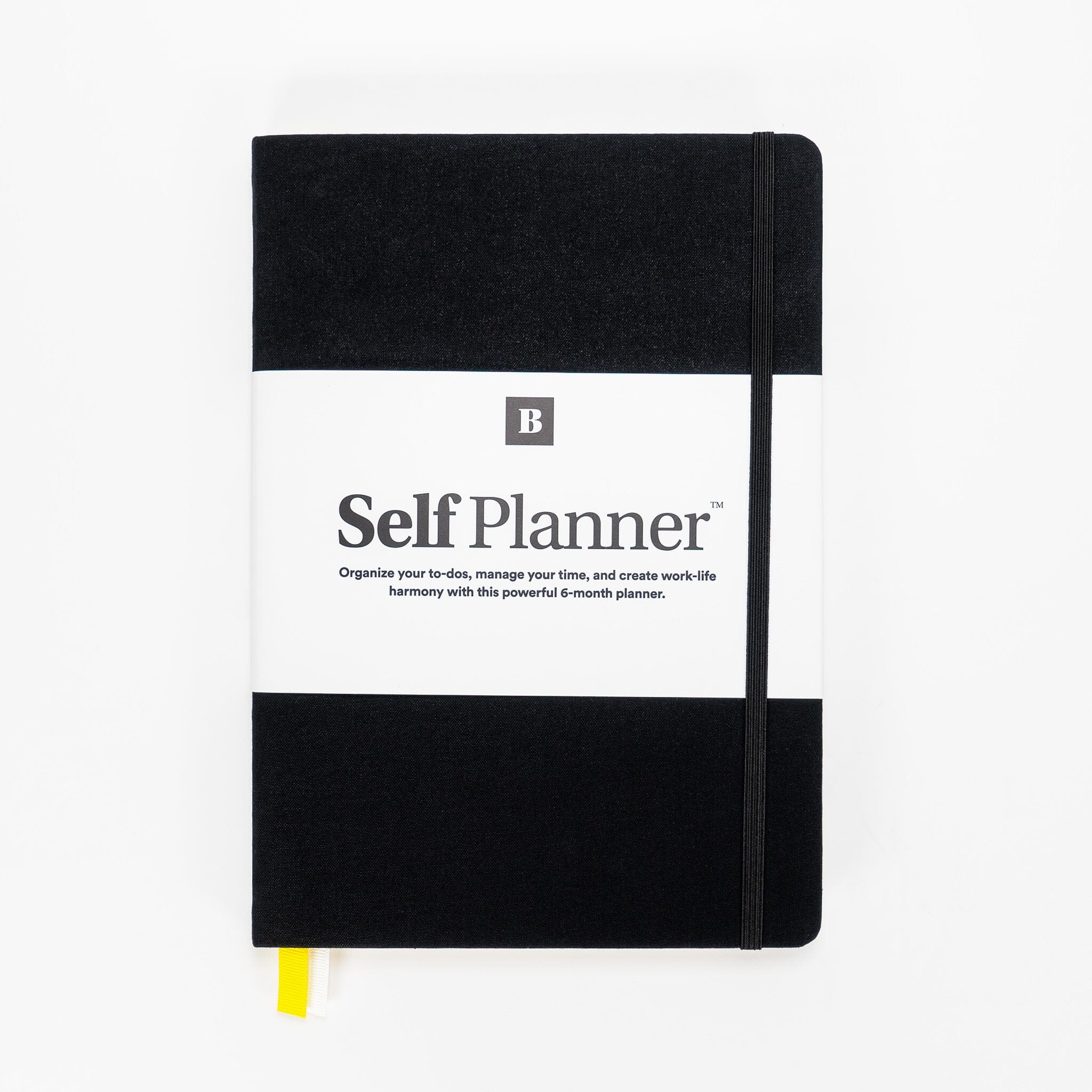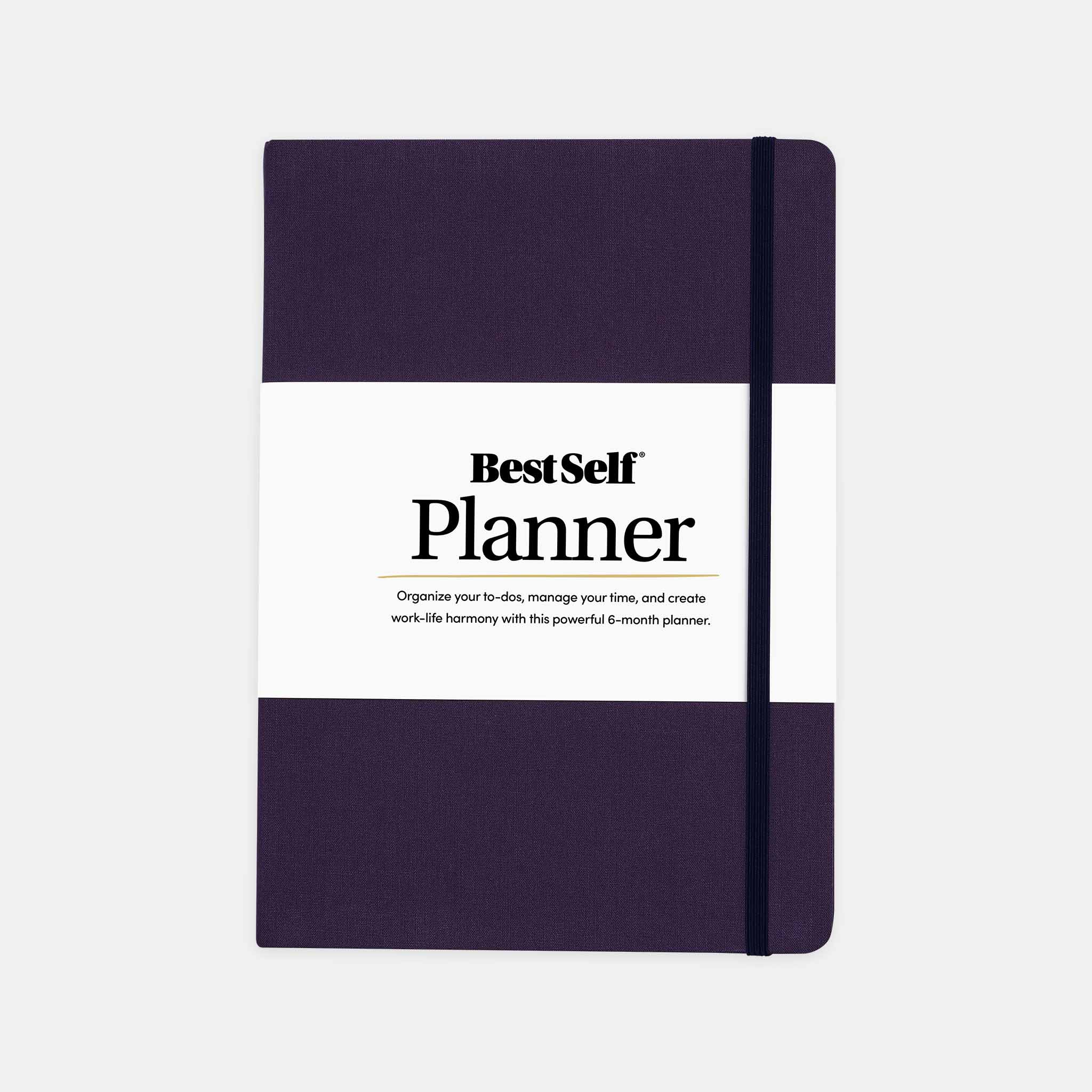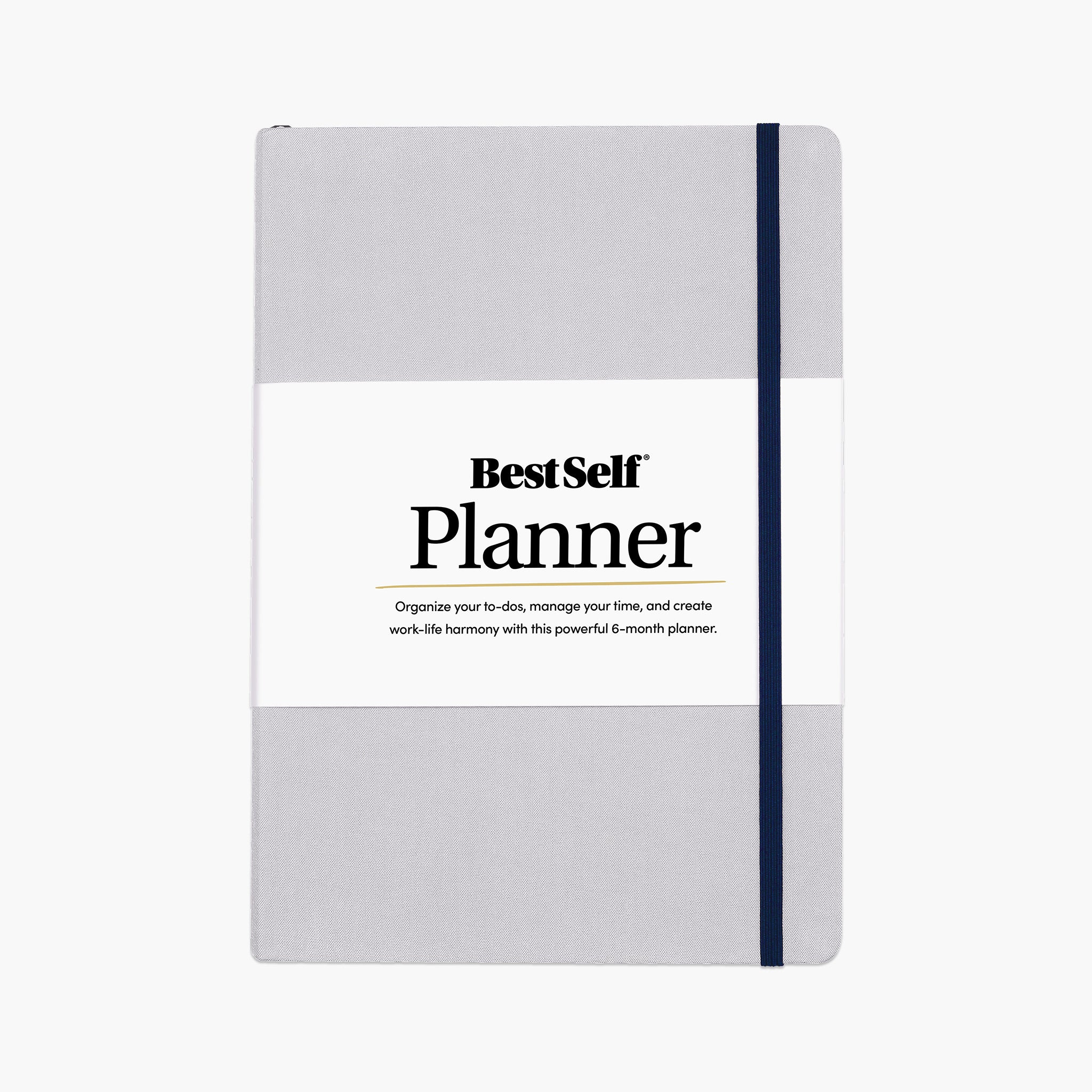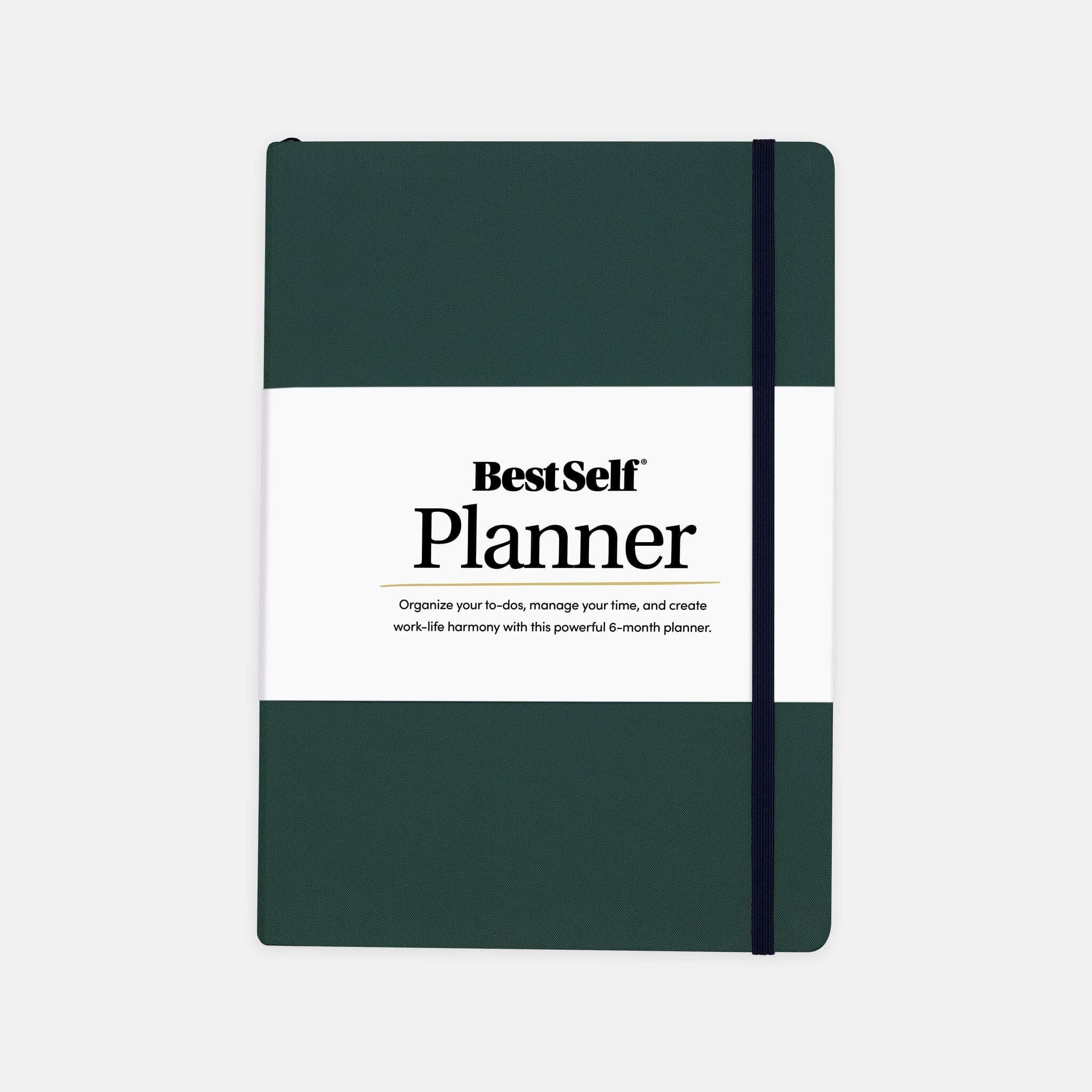From Phone Adults to Present Parents: Creating Beautiful Boundaries
I caught myself doing it again yesterday. Mindlessly reaching for my phone while my daughter was showing me her latest masterpiece. She's three now, and her artwork deserves my full attention, but there I was, half-present, thumb hovering over my screen.
The irony wasn't lost on me. As parents, we worry about raising "iPad kids" yet most of us have become "phone adults" first. I'm incredibly intentional about my daughter's screen time. We have what I call a "travel iPad." She thinks it only works on airplanes and long car rides (after we leave Austin city limits 😅).
But what message am I sending when I'm constantly reaching for my own digital pacifier? If our lives were movies, what a disappointing screenplay: Interior: Living room - Evening Parent sits beside child building blocks, but stares at phone for 47 minutes, occasionally nodding without looking up.
The Dopamine Distraction Epidemic
Back in 2020, I had a conversation with a friend about what I considered the defining challenge of our time: phone addiction. We're increasingly choosing cheap, instant dopamine hits from our devices instead of the deep satisfaction that comes from purposeful work and genuine connection. Myself included.
The science is sobering:
- The average person loses 3+ hours daily to unintentional digital consumption
- We check our phones 96 times per day, once every 10 minutes
- After a single digital interruption, it takes 23 minutes to fully refocus
- For those with ADHD (like me), these challenges are magnified tenfold
We've all experienced it. You unlock your phone for a specific purpose, like getting a 2FA code, and suddenly you're 30 minutes deep into social media with no memory of how you got there. What started as a necessary task became an unintentional dopamine binge.
The Physical Advantage
As someone with ADHD, I've learned something crucial: digital distraction isn't a willpower problem. It's a design problem.
Neuroscience confirms what my ADHD brain discovered through necessity: physical triggers create 32% stronger habits than digital solutions. Our brains respond differently to tangible objects than to screen-based reminders. This explains why digital solutions to digital problems so often fail. They exist inside the very environment designed to distract us.
For years, I searched for a solution that would work with how our brains actually function. I tried dozens of apps, but they all shared the same fundamental flaw → they existed inside the very device designed to distract me. It was like putting the cookie jar in charge of my diet.
What I needed was something both functional AND beautiful. A physical object with presence and meaning that would create a boundary between intention and distraction.
Introducing Helm: A Beautiful Boundary
Today, I'm thrilled to introduce Helm. A premium physical focus tool that creates a tangible boundary between you and digital distraction.
Helm isn't just another utilitarian gadget. It's an heirloom-quality object crafted from solid brass and premium silicone, designed to patina beautifully over time as it witnesses your moments of focus and presence.
The radiating ray pattern symbolizes you at the center of your choices, with energy flowing outward in your intentional direction rather than scattered in the chaos of notifications.
Here's how it works:
- Place Helm where you'll see it daily
- When you want to focus, set a clear intention
- Tap your phone to Helm to activate focus mode
- The companion app blocks distractions and reinforces your intention
- To end your session, you physically tap Helm again
You can even create scheduled focus sessions that automatically activate at certain times, preventing that 2FA code check from turning into 30 minutes of scrolling.
While building and developing Helm as an alpha/beta tester, I've experienced remarkable transformations:
- My sleep: I keep Helm downstairs and my phone charges upstairs with all distractions blocked. If I want to scroll at night, I'd have to physically get out of bed and go downstairs to tap Helm, creating enough friction to break the habit.
- My family time: I've scheduled Helm to automatically enter "family mode" in the evenings with my wife and daughter. When I mindlessly pick up my phone, it immediately shows I'm blocked, gently redirecting me back to what matters most.
- My creative work: By blocking digital distractions during deep work time, I'm able to enter flow states I haven't experienced in years.
Throughout history, humans have created beautiful objects to mark important transitions. Helm continues this tradition. A modern ritual object that helps you transition from distraction to direction.
Your 15-Minute Dopamine Audit
Whether or not Helm is right for you, I encourage you to experience the power of intentional boundaries around your technology use. Take 15 minutes today to:
1. Audit Your Dopamine Triggers (5 mins):
Open your screen time stats and identify your top 3 digital dopamine triggers. These are the apps you check most frequently or spend the most time on without intending to.
2. Create One Physical Boundary (5 mins):
Choose a physical action that signals "I'm reclaiming my attention." This could be placing your phone in a drawer during meals, creating a charging station away from your bedroom, or designating certain spaces as phone-free zones.
3. Plan a Mini Dopamine Detox (5 mins):
Schedule a 2-hour window this week where you'll completely disconnect from digital dopamine sources and replace them with an activity that provides deeper satisfaction (meaningful conversation, creative work, physical activity, or simply being fully present).
The goal isn't digital abstinence—it's intentional use. Notice how different you feel when you're choosing your relationship with technology rather than letting it choose you.

📚 Reading Corner: "Digital Minimalism" by Cal Newport
This book transformed how I think about technology use. Newport provides a thoughtful philosophy for deciding what digital tools add value to your life and practical methods for reclaiming your attention. As someone with ADHD, his approach to intentional tech use rather than total abstinence has been particularly valuable.
📹 Short 2-min video: How Cell Phones Impact Our Relationships → Simon Sinek
Here's to being present for what matters most.
Cheers,
Cathryn
